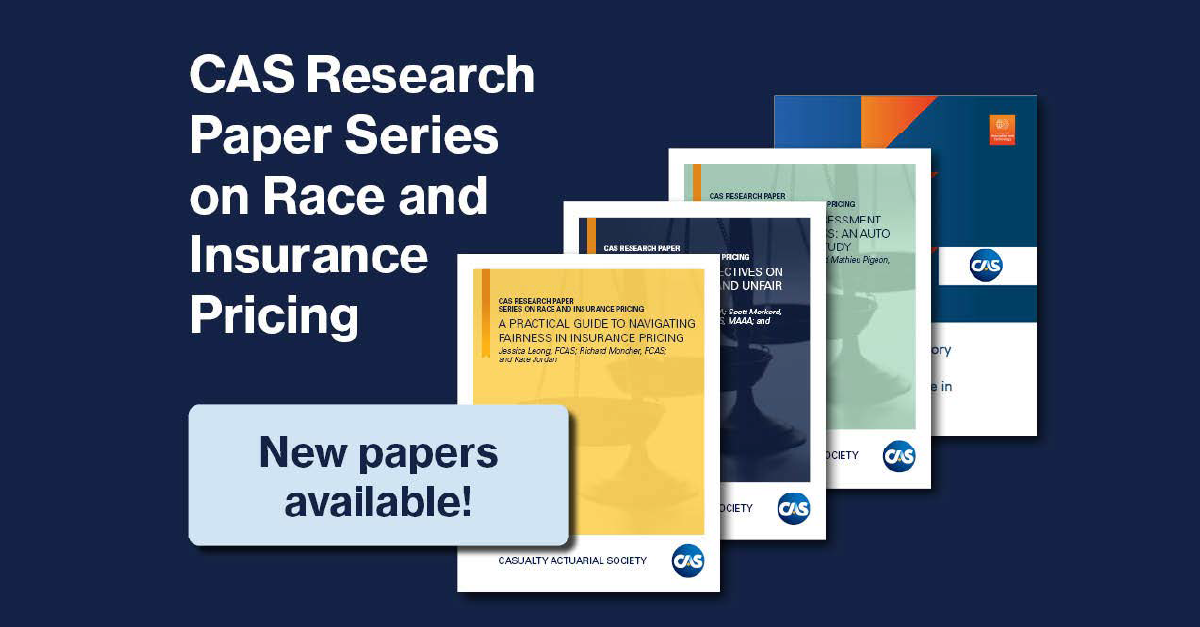 The Reserves Working Group recently conducted a small survey of five insurers on their premium audit practices. Shaun Cullinane, FCAS, member of the CAS Reserves Working Group, describes premium audits and summarizes the results of the survey in a paper titled “Forecasting Audit Premiums: The Role of the Actuary.” Cullinane’s paper will appear in the E-Forum.
The Reserves Working Group recently conducted a small survey of five insurers on their premium audit practices. Shaun Cullinane, FCAS, member of the CAS Reserves Working Group, describes premium audits and summarizes the results of the survey in a paper titled “Forecasting Audit Premiums: The Role of the Actuary.” Cullinane’s paper will appear in the E-Forum.
Certain commercial property and casualty coverages, such as workers’ compensation, are subject to premium audits. During an audit, the insurer collects data on the number of insured exposures, such as the amount of payroll or sales, following the conclusion of the policy term. The insurer multiplies the audited exposure count by a contractually specified rate per exposure to derive the final premium for the policy term. The premium audit adjustment represents the difference between the final premium and the previously estimated premium on the policy. If the audit adjustment is positive, the policyholder typically receives a bill for additional payment due. If the adjustment is negative, the policyholder typically receives a rebate or credit. The survey results indicate that insurers often use actuaries in the process of forecasting aggregated audit premiums for future calendar periods.
When the economy is growing, one would expect audit premium adjustments to be positive when aggregated across an established book of commercial insurance policies. This is because businesses are more likely to be expanding than contracting in a growing economy, which increases their exposure base. Moreover, in times of certainty, the relationship between audit premium and estimated premium may be stable and therefore may require little effort to forecast. However, audit premiums can vary significantly from expectations in a rapidly changing economic environment, such as that surrounding the COVID-19 pandemic. Recent economic instability has increased the difficulty of making accurate forecasts and has made Cullinane’s paper especially timely.
U.S. statutory accounting principles require reporting entities to “estimate audit premiums, the amount generally referred to as earned but unbilled (EBUB) premium” and to “record the amounts as an adjustment to premium.” The EBUB estimate, typically representing a positive premium receivable asset, “may be determined using actuarially or statistically supported aggregate calculations using historical company unearned premium data, or per policy calculations.” Changes in the EBUB asset flow through the insurer’s revenue. Four of the five survey respondents rely on at least one actuary in the estimation of the EBUB premium, and most respondents believe that EBUB premium is material to their company’s overall property and casualty revenue.
Cullinane walks through one method of forecasting premium audit adjustments and estimating the EBUB asset. He includes detailed exhibits that make the method easy for the reader to implement. Cullinane also illustrates the pitfalls of drawing conclusions from claim frequency without incorporating an accurate forecast of audited exposures; this can render inaccurate the frequency/severity method results, which can introduce errors into the loss reserving process.
Actuaries can, and should, play a significant role in estimating audit premiums. This is important for the preparation of accurate financial statements that include reasonable estimates of the EBUB asset and loss reserves. The actuarial literature is light on premium audit research, so Cullinane’s paper fills a meaningful gap.
Julie Lederer, FCAS, is a regulator with the Missouri Department of Commerce and Insurance. She reviews statements of actuarial opinion, actuarial reports and ORSA summary reports. She is a member of the NAIC’s Actuarial Opinion Working Group, and serves as director on the CAS Board.













